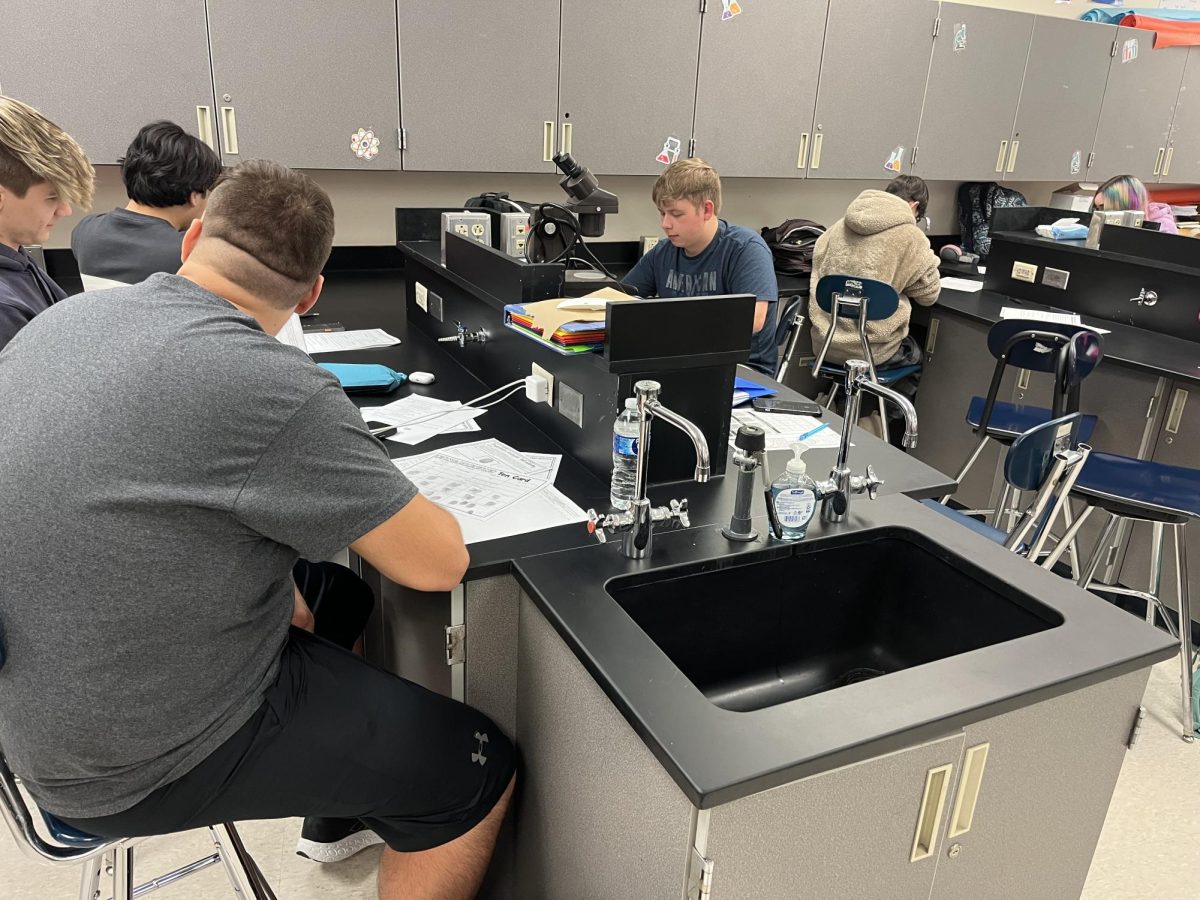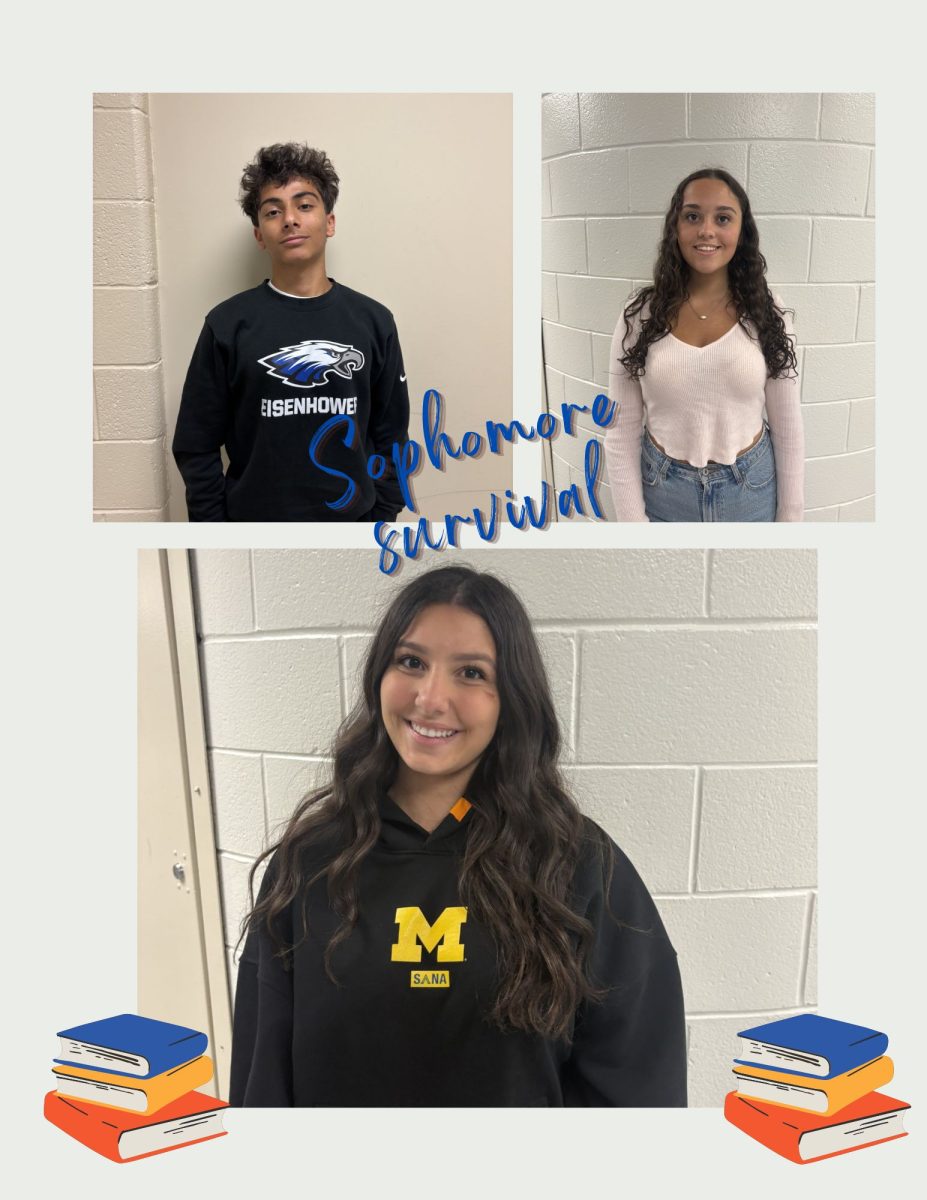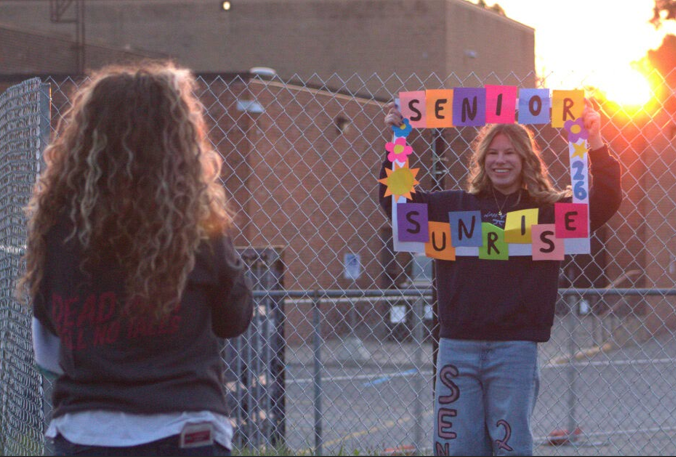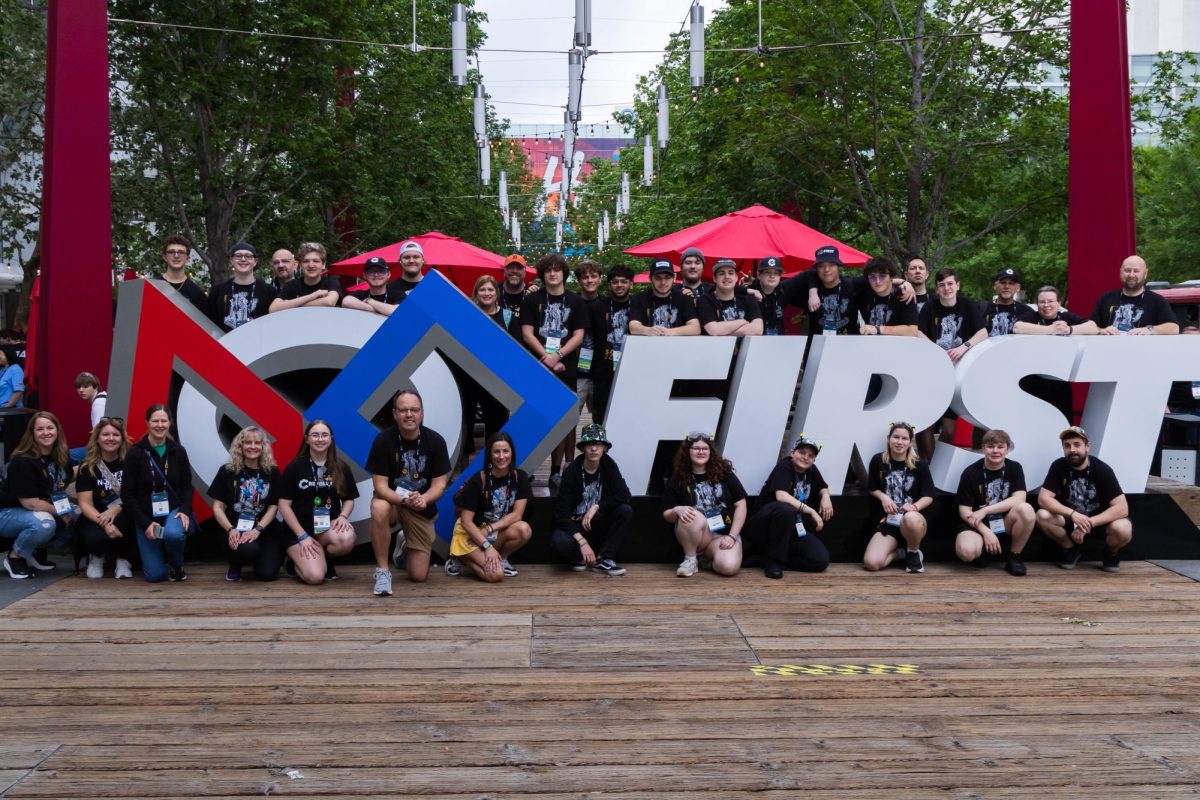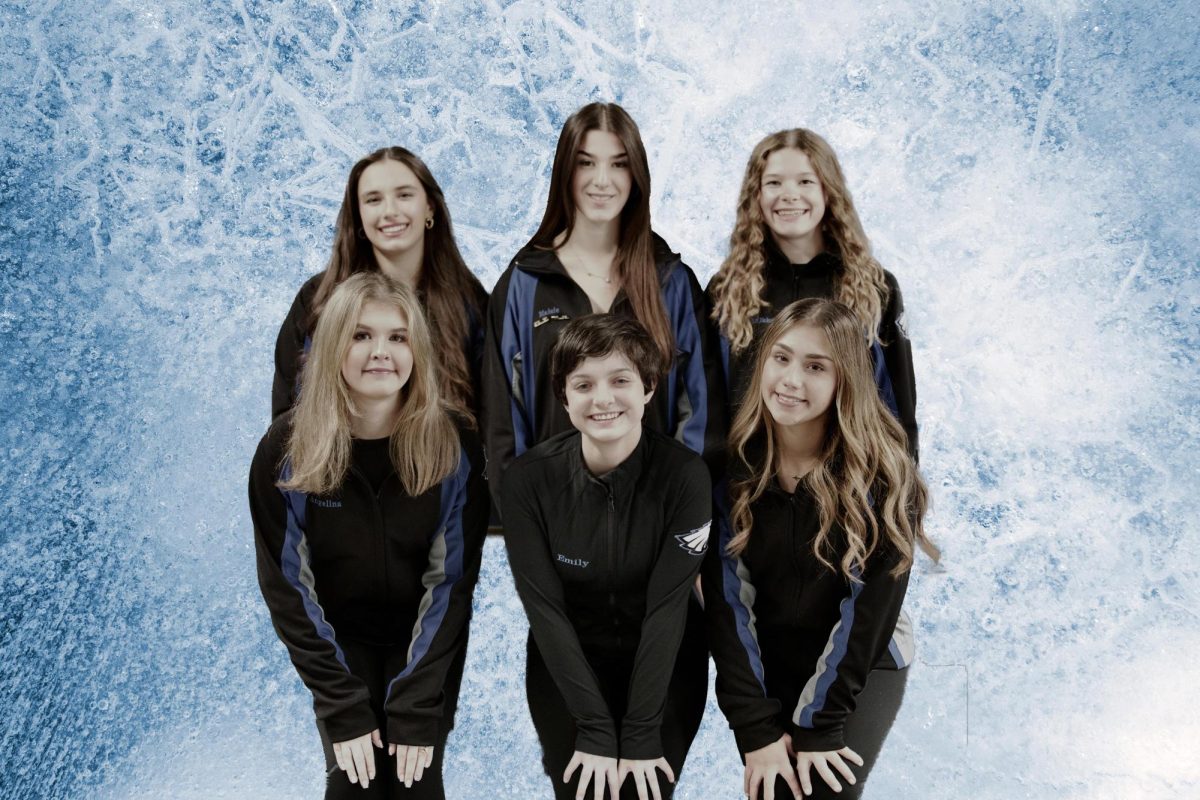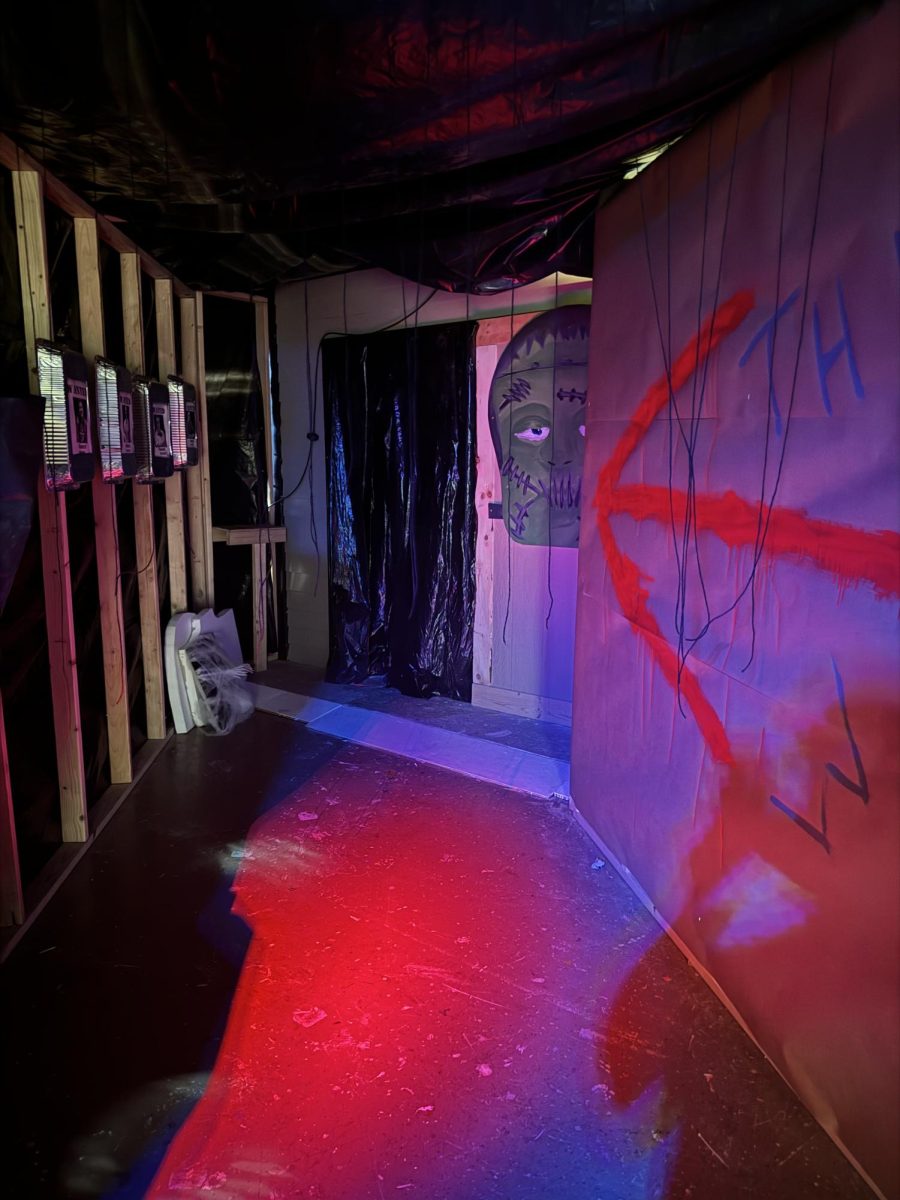In a recent forensics lab, analytical chemistry students collected and analyzed fingerprints.
“It’s like art,” senior Katarina Stoker said. “It’s so cool and fun, and it just looks so pretty on a piece of paper.”
Staff volunteers were fingerprinted by students on Monday, Nov. 4 to build up a database of prints for a lab later that week. The lab took place the following Thursday, Nov. 7. The students were tasked with analyzing and identifying ridges, whorls and other unique traits they observed.
“All our fingers are special, and it was just cool to find all these cool little patterns in our fingers,” Stoker said.
The students needed to understand whorls, loops, and arches, the three types of fingerprints to best learn the fingerprinting process. Loops and whorls occupy the majority of the population’s fingerprints while arches are only present in approximately five percent.
“I’m hoping that students will get to learn better how to identify fingerprints, because they’ve been doing their own [fingerprints] a lot,” chemistry teacher Kelly Swanson said. “Maybe now seeing somebody else’s, they’ll start to realize how unique all those fingerprints really are.”

